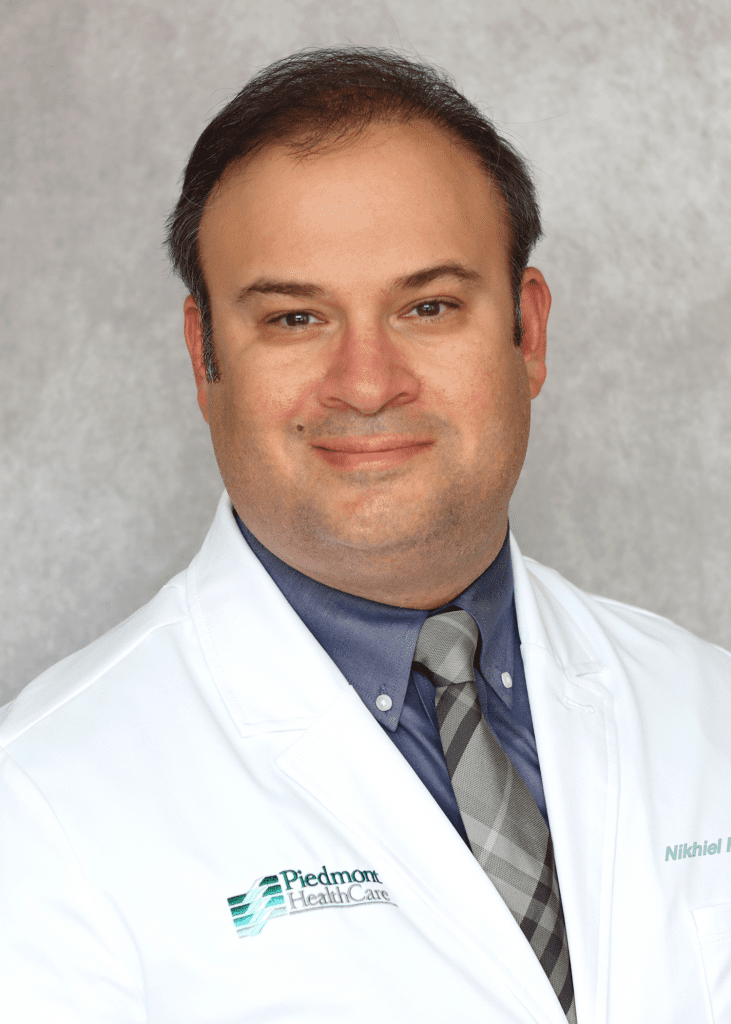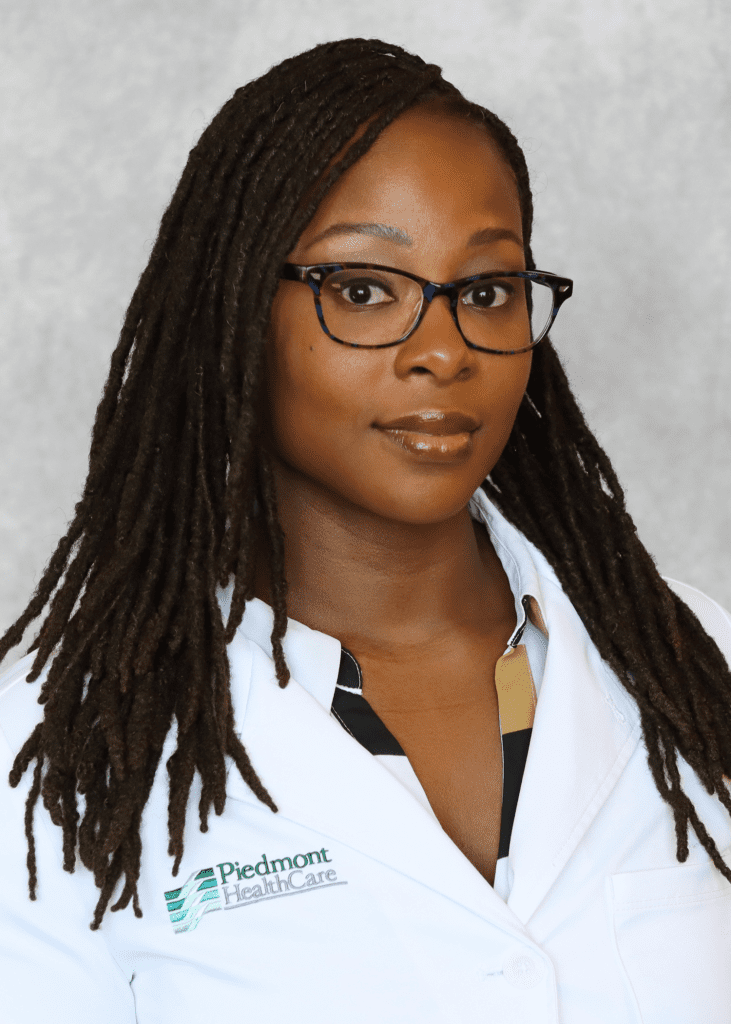Medical School
NHL Municipal Medical College
Gujarat University
Ahmedabad, India
Internship
Internal Medicine
Icahn School of Medicine at Mount Sinai
Elmhurst, NY
Residency
Gastroenterology
Icahn School of Medicine at Mount Sinai
Elmhurst, NY
Fellowship
Gastroenterology
Icahn School of Medicine at Mount Sinai
Elmhurst, NY
Hospital Affiliations
Iredell Memorial Hospital
Davis Regional Medical Center
Certifications
Diplomate, American Board of Internal Medicine
Diplomate, Gastroenterology
ASGE STAR Certification for Barrett’s Endotherapy, including Lesion Recognition, Mucosal Imaging, Ablation Modalities, EMR, Radiofrequency Ablation (RFA) and Cryotherapy.
Associations
American College of Gastroenterology (ACG)
American Gastroenterological Association (AGA)
New York Society of Gastrointestinal Endoscopy (NYSGE)









